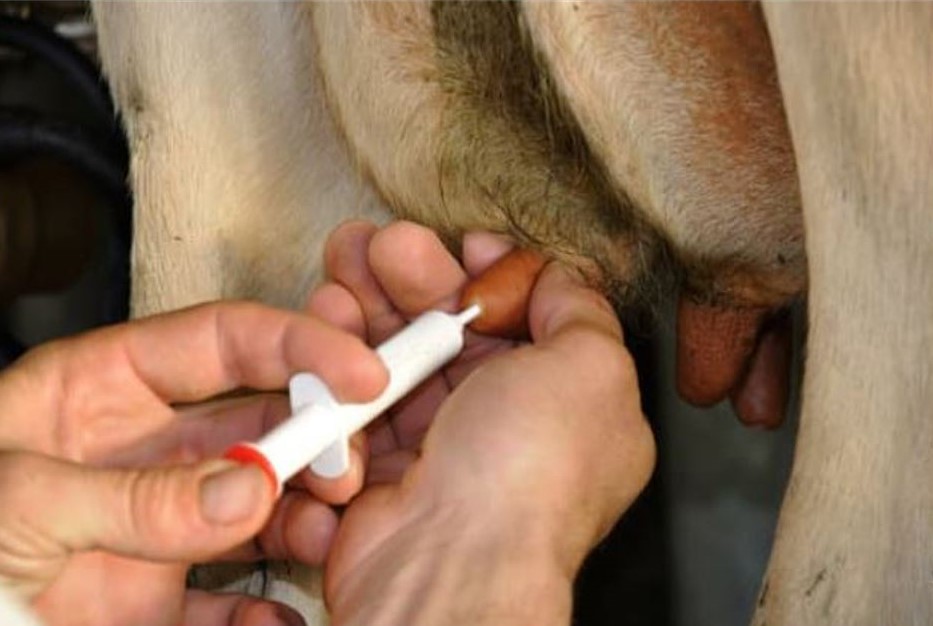Issues with timing and testing, knowledge and experience, and veterinarian availability all affect the ability of farmers and vets to diagnose animal health issues on farm.
This is according to new research published in the Irish Veterinary Journal, after data was collected through focus groups consisting of dairy farmers, agricultural advisors and farm animal veterinarians.
The study showed that both farmers and vets indicated that the most important factor involved with diagnosis of animal health issues is time.
Participants in the study expressed the need to be able to identify and treat an illness as it is developing in an animal.
Some precision livestock technologies such as cow collars and automatic calf feeders alert farmers to a problem at an earlier stage of disease progression allowing for earlier action and treatment.
However, farmers who do not use these tools are left “waiting for the tell-tale signs” but by then it is “too late”; when one animal is down, they expect more to follow.
A key barrier for veterinarians in diagnosing illnesses is the “lack of information they receive at the time of callout,” the research showed.
Veterinarians explain that when they arrive on farm they try to get as much information about the animal as possible as a lot of the diagnosis will be based on that information.
On farms that use monitoring technologies this information can be available, however, veterinarians say that often times they arrive on farms and receive limited or no history on the animal, impeding their ability to diagnose.
An advisor said: “Probably the most frustrating I hear from the lads is if a calf dies or say for some reason, [sent samples] into the regional veterinary lab, and then weeks later, inconclusive or something like that”.
“Veterinarians especially convey a deep frustration and exacerbation with testing delays.
Both farmers and veterinarians describe that these possible delays could be down to logistical issues with the Regional Veterinary Laboratory (RVL), samples going missing, or the RVL “acting as a contractor instead of conducting the testing themselves”.
Awareness also falls into this bracket as farmers may not even be aware that a particular disease exists, which occurred in the case of a farmer who had an outbreak of mycoplasma mastitis, but thought that his animals had very bad e-coli mastitis.
“Well, I suppose awareness was the problem there because I didn’t know anything about it. T’was a new one to us, we didn’t have any knowledge of it really,” the farmer said.
Farmers acknowledged the current shortage of farm animal veterinarians in the country and indicated that larger herd sizes mean veterinarians are busier now than they used to be.
One farmer said that it has reached the point where a veterinarian in a nearby locality is asking clients to send on videos and pictures of what is wrong with the animal and “nearly diagnosing by FaceTime” because he is so busy and cannot get to the farm.
This is echoed by veterinarians in this study that say that when collars indicate a potential issue with an animal, “the toughest call is to say there’s nothing wrong with them, it’s a lot easier going and getting an injection and giving something”.
Veterinarian shortages are predicted to worsen in years to come with research finding that just over half of Irish vets who responded to a survey are considering leaving their role within the next two years, citing issues of work/life balance as the top reason for them wanting to leave.
